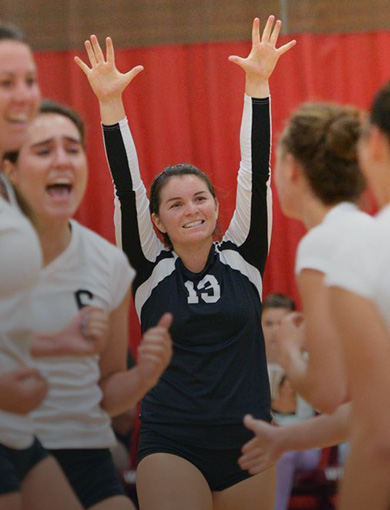Thumb Fractures
Our opposable thumbs provide us the ability to accomplish complex and intricate tasks. This anatomical feature is shared with only a few of our animal and reptilian cousins such as: gorillas, chimpanzees, orangutans, and other variants of apes; certain frogs, koalas, pandas, possums, and many birds. A break or fracture to your thumb can be debilitating and painful. Furthermore, a broken thumb can increase the risk of arthritis later in life.
Anatomy of the thumb
The thumb has two bones. The first bone (distal phalange) extends from the tip of the thumb to the knuckle. The second bone (proximal phalange) extends from the knuckle to the base of the thumb. This is the area of webbing between the thumb and the first finger. The thumb connects with a bone in the hand (first metacarpal).
Although a break can occur in any of these bones, the most serious breaks happen near the joints. This is particularly true when the fracture occurs at the base of the thumb near the wrist. There are specific types of thumb fractures, depending on the type of break. Bennett and Rolando fractures are breaks at the base of the thumb. They involve the joint between the thumb metacarpal and a specific wrist bone. Fractures that involve the joints are always more difficult to treat and are at increased risk of an unfavorable outcome. Fractures can also occur in the long portion of the bone called the metacarpal shaft.
Causes of a broken thumb
Thumb fractures are usually caused by direct stress, such as from a fall. A thumb fracture may happen when a ball catches and pulls the thumb back. Some fractures may be caused indirectly, from twisting or muscle contractions, as occur in wrestling, hockey, football, and skiing. People with a history of bone disease or calcium deficiency are especially at risk. The risk of a thumb fracture can be lessened by using protective taping, padding, or other equipment. Developing strength in the hands through exercise and proper nutrition can also provide some protection.
Symptoms of a broken thumb
You will most likely experience immediate pain from a break in the thumb. After the injury is sustained, you will experience some or all the following:
- Swelling of the fracture site
- Tenderness at the fracture site
- Bruising at the fracture site
- Inability to move the hand
- Deformity or indentation of the broken bone
Contact our hand specialists (no referral needed).
A doctor should be consulted as soon as possible if a thumb injury and suspected fracture has occurred. A delay in treatment may make it more difficult to align the bones properly, due to continued swelling, and may lead to a poor outcome.
If you think you have broken your thumb start by stabilizing your hand. Contact Orthopedic Associates of Northern California for a same or next day appointment. Orthopedic Associates of Northern California does not require a referral from a primary care physician to schedule an appointment. You can contact us directly by phone or through our website contact form. During your consultations, your doctor will conduct physical examination followed by x-rays.
A team of hand specialists
Orthopedic Associates of Northern California boasts a team of fellowship-trained, board-certified orthopedic surgeons. We have a team of providers that specialize in the hand. Since 1995 our team has been helping patients who have sustained hand injuries. You can be confident you’re in great hands.





